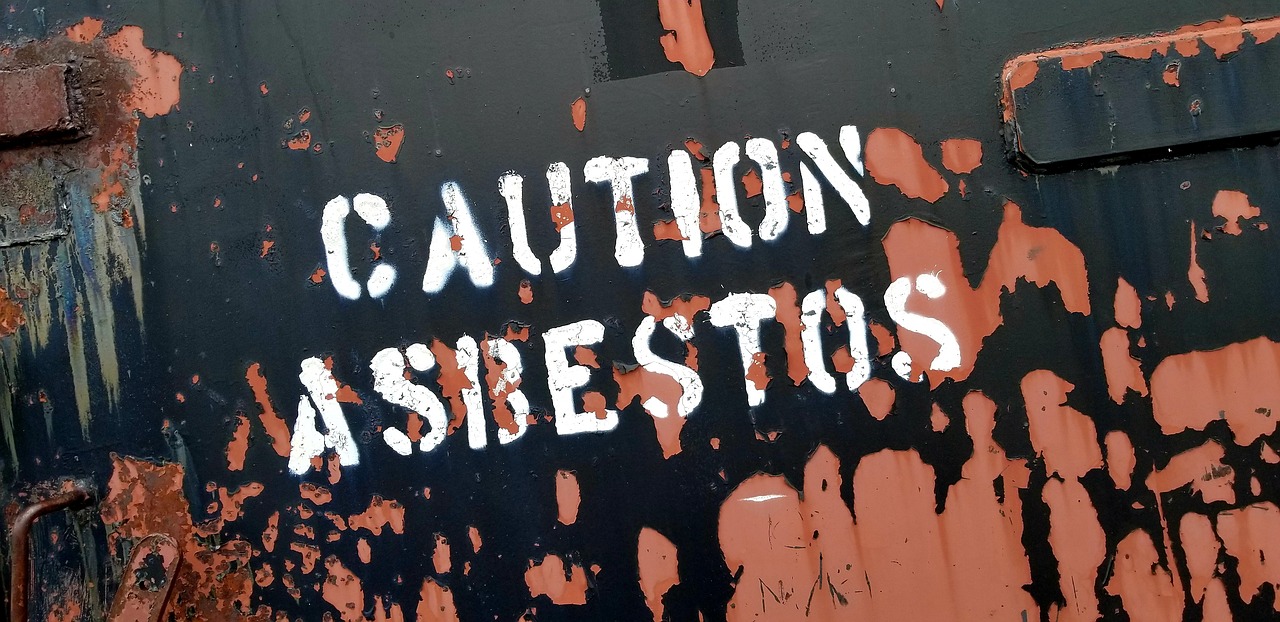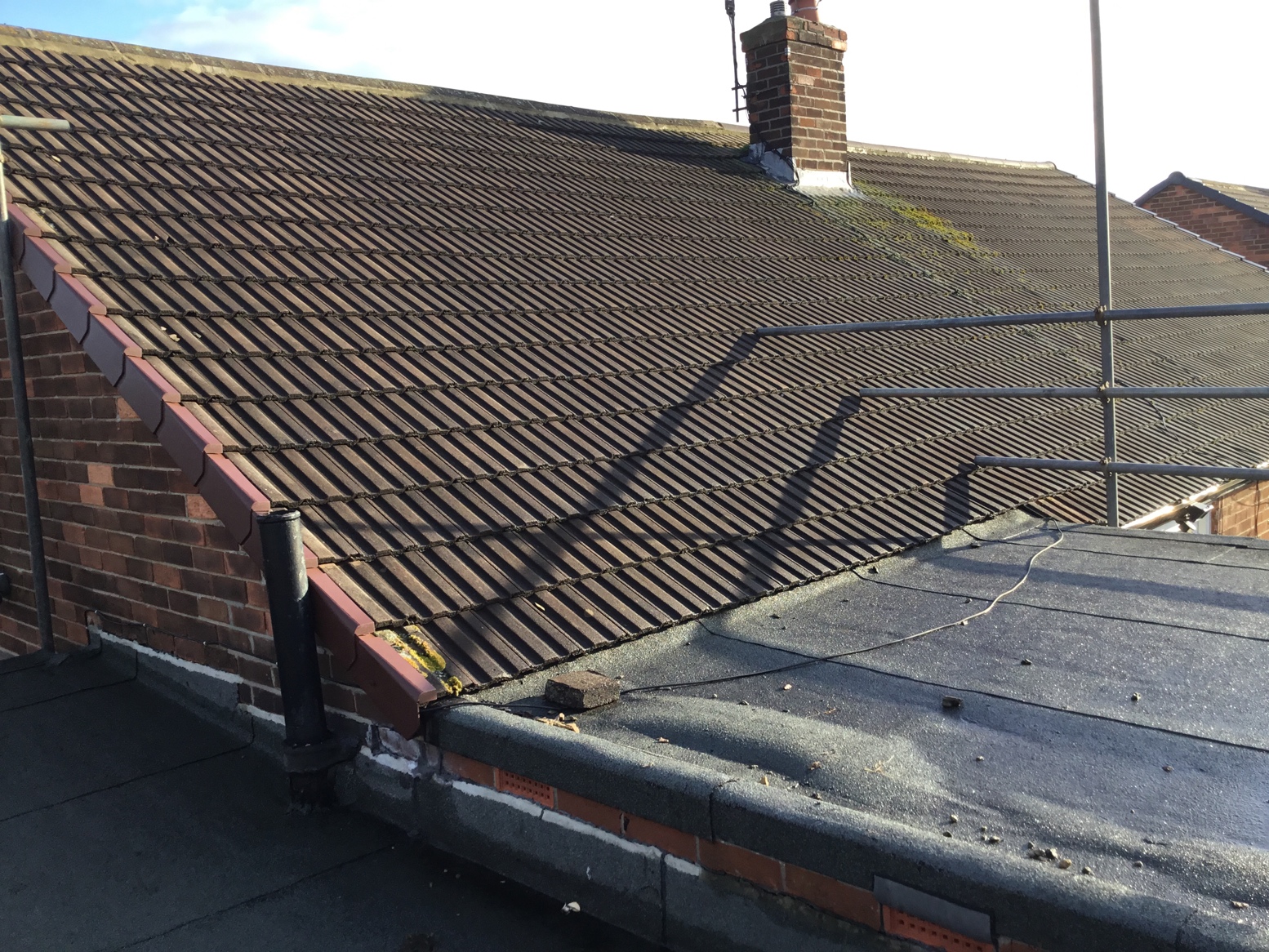
If you live in a relatively new-build apartment or house (constructed within the last two decades), you should be safe from the dangers of accidental asbestos exposure at home. However, if you currently reside in a property that was built before the year 2000, there is a chance that you could be putting yourself and your family at risk of the dangers associated with asbestos. Before you or any of your loved ones develop symptoms of these fatal asbestos-related diseases, there are some things you need to know about how to avoid coming into contact with asbestos in your home (because the last things you want to be Googling are questions like ‘is asbestos-related lung cancer curable?’ and ‘can asbestos cause pancreatic cancer?’).
Brown pebbles in the attic
Not all asbestos looks the same. You are probably familiar with the image of the candy-floss-like insulation type of asbestos or the solid panelling forms of asbestos. However, a brown pebble-like type of asbestos has been used in attics for insulation for many years. If you find this material on your attic floor when attempting to upgrade your insulation, seek out an asbestos removal company and be careful not to disturb the material – this could release asbestos microfibres into the air.
Drilling the walls
‘Drywall’ is an American term known by other names worldwide (such as ‘plasterboard’ in the UK). Many people do not realise that certain types of drywall contain asbestos and that the simple act of drilling a hole in the wall could spread asbestos microfibres around their homes. Ask about asbestos drywall at the point of sale, or if you are not sure, seek advice from a building or construction expert.
Vinyl floor tiles
This one goes way back, but if those floor tiles date to the 1950s, there’s a good chance that they contain asbestos, as this was a common ‘ingredient’ in the makeup of vinyl floor tiles from that era. Avoid chiselling these floor tiles off the ground yourself and instead employ an asbestos removal company to carry out the work.
It’s not easy…
Spotting asbestos in your home isn’t easy. It hides everywhere. In pipe insulation, your water tank, and even old cars. If you live in an older home, drive a vintage car and are concerned about asbestos, always ask for help.
You can’t always rely on the naked eye to identify asbestos. A visual inspection isn’t even acceptable by an expert in the field. If you have any concerns or suspicions, samples of the fibres should be sent to a laboratory for a certified analysis to give you a definitive yes or no answer to whether or not it poses a risk. It’s always better to be safe than sorry, especially concerning your and your family’s health. It has been proven that the long-term effects of having this harmful mineral in the home can be devastating, and so many people are unaware they are at risk. The workplace is also a relatively common issue.
One final piece of advice to reiterate is to never try to tackle the problem alone—do your research, get in touch with those who have experience handling asbestos, and ensure that once it has been repaired or removed from the home, air samples are taken to ensure there is no danger still lingering in the atmosphere. If you try to do it by yourself, you may just make the issue worsen, and you can’t be sure you’ve removed all of it.




 POSTED BY
POSTED BY 

